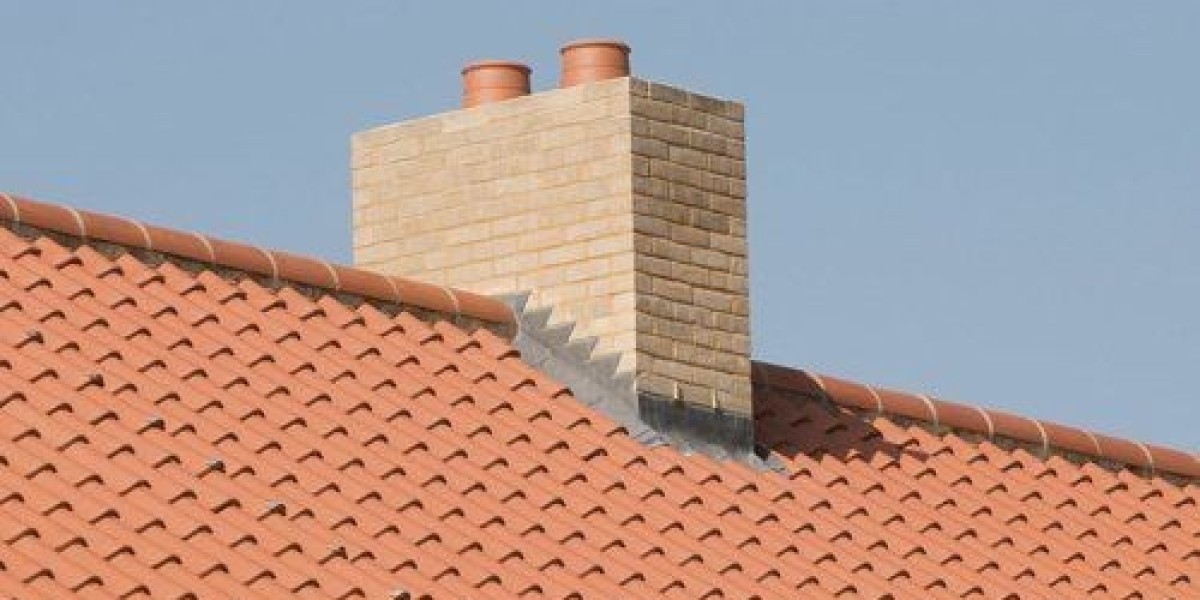Chimneys and log homes are natural partners. We see them connected to fireplaces and wood-burning stoves to remove the smoke from our log homes. They help bring out the comforting atmosphere in log homes and provide heat during colder weather.
Several types of chimneys including masonry, prefabricated metal, and wood stove pipes provide the functions we need. Each is constructed differently yet serves the same purpose. The one you need depends on heating system you choose and the fuel you burn in it.
Chimney Purposes And Functions
The primary function of chimneys is to direct smoke away from fires and out of houses. They must ensure enough air is drawn into the fireplace or stove for the fire to burn cleanly. Other purposes and functions of all chimney types include:
- Safely remove combustible byproducts from homes such as smoke and carbon dioxide
- Protect the house from hot gases and high temperatures that can cause fires
- An adequate chimney cap with mesh covering on the sides prevents animals, birds, and snakes from entering the home
- Prevent cold backdraft air from entering a house by insulating the chimney and closing the flue
- Resist weather effects on the outside and prevent leakage with proper sealing
Masonry Log Home Chimney
Masonry chimneys are made with stone, brick, or concrete blocks with mortar that holds them together. This traditional construction has been around for thousands of years. They offer more longevity and style than other types of chimney construction. Masonry models are built on-site with non-combustible materials and mortar. They are weather-resistant, capable of handling high temperatures, and very durable. When constructed properly, they will last for generations.
Prefabricated Metal Chimneys
Prefabricated fireplaces must have prefabricated metal chimneys which are made in a factory and assembled on a job site. This type is made with a metal flue pipe system that vents smoke out of the house and functions like masonry systems. Prefabs can easily vent a wood-burning fire and are made of sheet metal either stainless steel or galvanized steel.
- Metal chimneys can be double or triple-walled for more protection
- They are more flexible in their room and appliance locations than masonry chimneys
- Metal chimneys are the exact size needed for the appliance they vent
- They are durable and long-lasting
- Metal chimney caps are visually appealing
- Stainless steel is highly corrosion-resistant
Wood-Burning Stove Pipe Chimneys
Wood-burning stove pipe chimneys are made from stainless steel, traditional steel, and galvanized steel. They are typically round and some are oval shaped for specific needs. They are mounted vertically on tops of stoves and go through the ceiling and roofs of homes.
These stove pipes are available in single, double, and triple-wall construction with insulation available where needed. Pipes can be single or double-wall from the stove to the ceiling and should be triple-wall through the ceiling and roof for safety. These pipes can become very hot and all danger of a house catching on fire must be eliminated.
Wood-burning stove pipes are commonly black but other colors are available. A solid metal cap with screen wiring is placed on the top of the chimney above the house. Pipes must be installed the correct distance above the roofline for proper airflow. Learn more about the different types of chimneys in the informative article.
Chimney Liners Provide Extra Protection
Chimney liners protect a house from heat transfer to combustibles, and they protect the chimney material from corrosion-causing combustion bi-products. Three common liners are:
- Clay and mortar liners are common but are the least safe type. Faults in them can cause a smoky smell, draft problems, and fires.
- Metal liners such as aluminum and stainless steel last longer and are safer. Aluminum liners are used with gas appliances that specify aluminum venting systems. Stainless steel liners work better with gas fireplaces, traditional fireplaces, wood-burning, and pellet-burning stoves.
- Cast-in-place liners provide structural support inside chimneys when placed in them during construction.
Your construction expert will help you decide which liner is best for your chimney situation.
Waterproofing Your Chimney Is A Must
Chimneys stand above the roofline and are vulnerable to the elements. Every type of chimney should be waterproofed to prevent moisture from entering the house and long-term chimney damage. They need a cap on top to prevent water from entering the house and sealing where the chimney comes through the roofing. Your chimney installer will know how to waterproof any type of chimney.
Find a local construction expert with chimney installation experience to install your chimney. A welcome addition to a fireplace is a half-log wood mantel placed above it. It’s a great place to display pictures, artwork, personal items, and antiques.
Naijamatta is a social networking site,
download Naijamatta from Google play store or visit www.naijamatta.com to register. You can post, comment, do voice and video call, join and open group, go live etc. Join Naijamatta family, the Green app.
Click To Download


